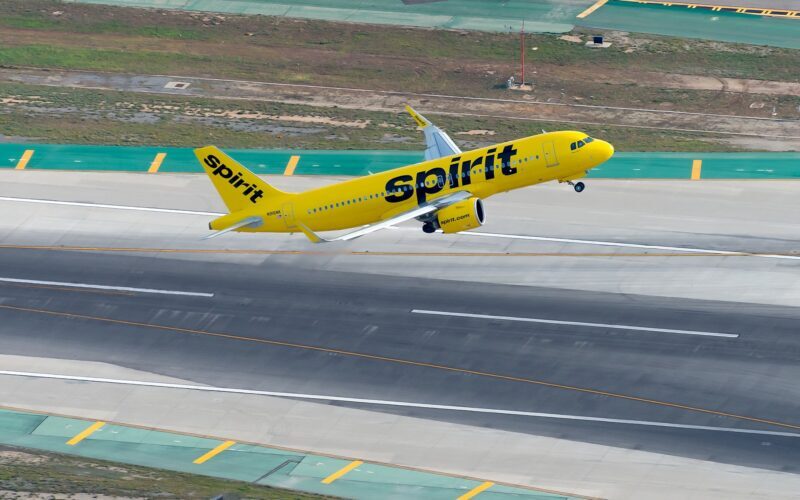Spirit Airlines to Cut Nearly 100 Planes as It Restructures in Bankruptcy

Spirit Airlines plans to shrink its fleet by nearly 100 aircraft, exiting more than a dozen U.S. markets, as part of a sweeping bankruptcy restructuring, CFO Fred Cromer announced during a virtual meeting with creditors. Reuters reported the airline currently operates 214 aircraft and is leveraging Chapter 11 tools to drop unprofitable routes and scale back its network footprint.
Cromer said the move is expected to save “hundreds of millions of dollars,” enabling Spirit to emerge as a leaner, more financially stable airline. The company has filed a motion to reject 87 aircraft leases, pending court approval. Meanwhile, it has already settled with AerCap to reject 27 lessor leases in exchange for a $150 million payment, resolving a dispute tied to 36 Airbus jets scheduled for delivery in 2027–2028.
The airline has also announced plans to exit more than a dozen airports—including Hartford and Minneapolis—and suspended roughly 40 routes as part of the restructuring.
In addition, the U.S. Bankruptcy Court has approved rejecting 12 airport leases and 19 ground-handling agreements to further reduce overhead.
Spirit Airlines’ decision to shed nearly 100 Airbus A320-family aircraft could bring some welcome relief to a global market struggling with long delivery delays. Airbus currently faces a backlog of more than 7,000 A320neo-series orders—representing over a decade of production at current rates. By returning or canceling leased aircraft and deferring future deliveries, Spirit’s restructuring could free up valuable production and delivery slots, allowing Airbus to reallocate capacity to other customers such as United Airlines, Delta Air Lines, IndiGo, and many others. Airbus will need to coordinate carefully with lessors and other carriers to reassign Spirit’s aircraft efficiently, balancing financial exposure with the ongoing pressure to ramp up production to 75 aircraft per month by 2027.
Spirit’s decision to cut its fleet and retreat from underperforming markets comes amid sustained financial pressure. The ultra-low-cost carrier cited industry overcapacity, weak passenger demand, and intense competition from legacy airlines with aggressive pricing as key contributing factors. “While the industry was hopeful at the beginning of 2025 that there would be a rebound, it didn’t happen,” Cromer said.
These restructuring steps follow Spirit’s recent reorganization earlier in 2025, in which the airline equitized $795 million in debt and received $350 million in new equity.
Even so, the renewed bankruptcy filing underscores the depth of the challenges Spirit continues to face.
Observers say Spirit’s downsizing marks a shift from aggressive growth to survival mode, as it refocuses on stronger, more profitable routes and reduces capital intensity. The cuts in capacity—particularly in less-demanded markets—will test how well the airline can maintain service quality while adapting to a leaner structure.
If executed carefully, the fleet reduction and contract rejections may allow Spirit to stabilize its finances and reclaim some operational agility. But the airline must balance the cuts against risk: scaling back too sharply could damage its network connectivity and appeal in its core markets.
Related News: https://airguide.info/?s=spirit+airlines
Sources: AirGuide Business airguide.info, bing.com, cnbc.com, reuters.com
